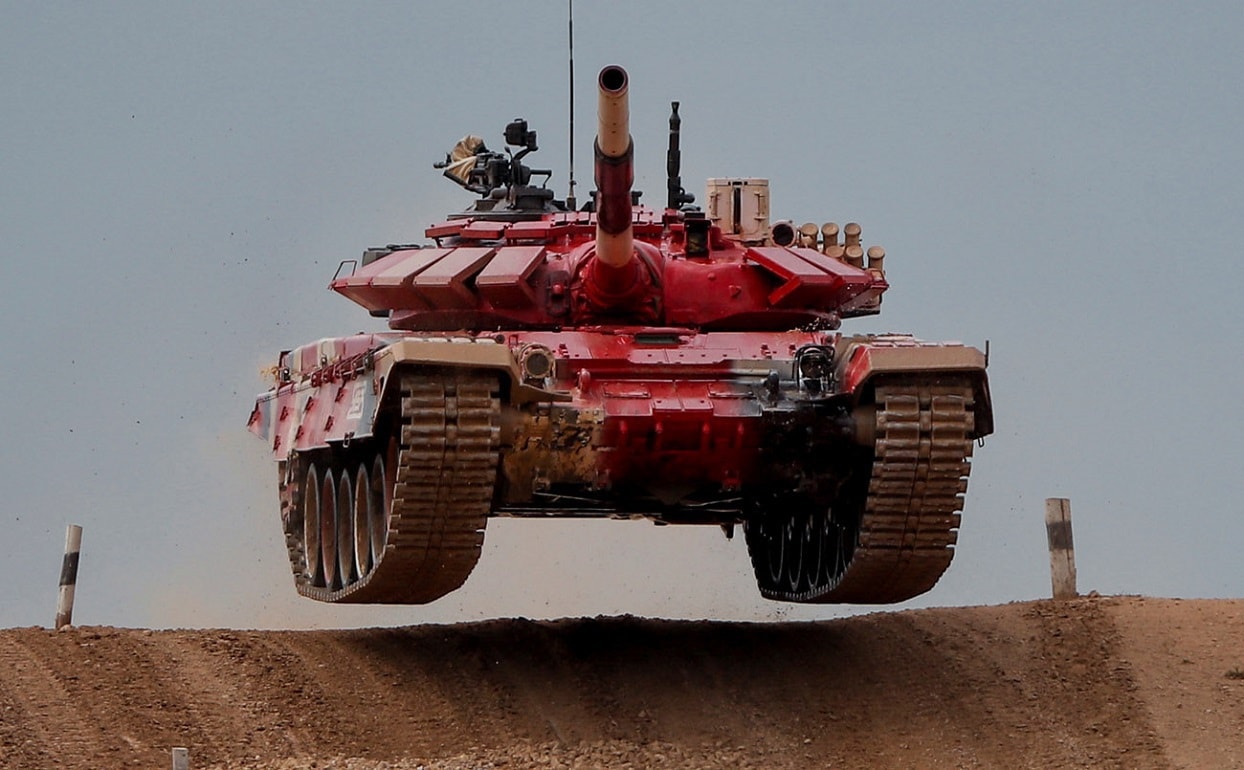On day 124 of the Russian invasion of Ukraine, the Russian military is advancing in the Donbas slowly and deliberately.
Fighting in the Donbas and Russian Casualties
Over the weekend, the Ukrainian military withdrew its forces from Severodonetsk and consolidated its defense in Lysychansk, which is located right next door to the west. Most of the fighting is now taking place in the outskirts of Lysychansk as the Russian forces advance from the south. However, it is highly unlikely that the Russian military will manage to achieve any quick gains, mainly due to a lack of maneuver warfare capabilities that, coupled with Ukrainian resistance, make any advances by necessity slow.
The Ukrainian Ministry of Defense claimed that as of Monday, Ukrainian forces have killed approximately 34,850 Russian troops (and wounded approximately thrice that number), destroyed 217 fighter, attack, and transport jets, 184 attack and transport helicopters, 1,532 tanks, 764 artillery pieces, 3,659 armored personnel carriers, 243 Multiple Launch Rocket Systems (MLRS), 14 boats and cutters, 2,564 vehicles and fuel tanks, 99 anti-aircraft batteries, 630 tactical unmanned aerial systems, 60 special equipment platforms, such as bridging vehicles, and four mobile Iskander ballistic missile systems, and 139 cruise missiles shot down by the Ukrainian air defenses.
Russian Force Generation Woes in Ukraine
In its daily estimate of the war, the British Ministry of Defense briefly touched on the fighting in and around Severodonetsk and Lysychansk but mainly focused on current and upcoming Russian force generation issues.
“While Russia’s main operational focus remains the Sieverodonetsk-Lysychansk pocket, a week of consistently heavy shelling suggests Russia is now trying to regain momentum on the northern Izium axis. Ukrainian forces continue to hold the line in that sector, making good use of forested terrain to assist their defence,” the British Military Intelligence assessed.
According to the Ukrainian military, the Kremlin has lost 35,000 men killed in action (and between two to three times that number wounded) out of a pre-invasion force of approximately 200,000 men since February 24, when the war began. Although these numbers are open to questioning as they come from official Ukrainian lips, independent reporting and Western intelligence estimates have buttressed the Ukrainian claims to a large degree.
It is clear, then, that Moscow is suffering unsustainable casualties in Ukraine, losing advanced weapon systems and experienced men, and will have to rely on inexperienced reserved to maintain its war effort.
“Over the coming weeks, Russia’s campaign will highly likely increasingly rely on echelons of reserve forces. These consist of several distinct components which Russia has almost certainly already started to field,” the British Ministry of Defense added.
“Russia’s Combat Army Reserve is a recent innovation of part-time but volunteer reservists, which deploy as whole units typically ear-marked for rear area security tasks. The Human Mobilisation Resource is the sizable pool of all veterans who have served in the regular military in the last five years. Russian authorities are likely using volunteers from this category to fill out the third battalions within regular brigades,” the British Military Intelligence stated.
“Despite a continued shortfall in the number of deployable reservists for Ukraine, the Russian leadership likely remains reluctant to order a general mobilisation,” the British Ministry of Defense assessed.
The Ukrainian Main Intelligence Directorate has assessed that the Kremlin is trying to create the conditions for a “covert mobilization” of the Russian population that would allow Moscow to tap into the vast human resources of Russia and bolster its numbers in Ukraine.
“The Kremlin continues to manipulate Russian legislation to carry out ‘covert mobilization’ to support operations in Ukraine without conducting full mobilization. The Russian State Duma announced plans to review an amendment to the law on military service on June 28 that would allow military officials to offer contracts to young men immediately upon ‘coming of age’ or graduating high school, thus circumventing the need to complete military service as conscripts,” the Institute for the Study of War stated in its latest operational update on the conflict.
The Kremlin has already committed more than 330,000 troops—more than one-third of the total Russian military—to the invasion of Ukraine, but casualties have created an insatiable demand for more men and weapons. Putin can’t trigger a general mobilization without creating domestic opposition.
1945’s New Defense and National Security Columnist, Stavros Atlamazoglou is a seasoned defense journalist specializing in special operations, a Hellenic Army veteran (national service with the 575th Marine Battalion and Army HQ), and a Johns Hopkins University graduate. His work has been featured in Business Insider, Sandboxx, and SOFREP.

